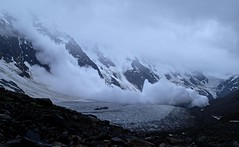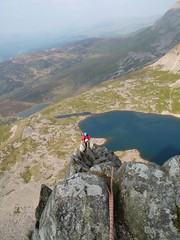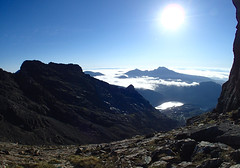Blog
Bookmark/Search this post with
Don't take it or don't leave it – rubbish and tissue in the mountain
Bookmark/Search this post with
Review of 40-50L rucksacks for alpine climbing 2018
Bookmark/Search this post with
Risk of Yosemite Bowline Knot
Bookmark/Search this post with
What happened in the high-school group's avalanche accident in Nasu
Bookmark/Search this post with
Tips for safer scrambling
Bookmark/Search this post with
Static ropes for climbing
Bookmark/Search this post with
Cross-loading on knots
Bookmark/Search this post with
How to keep the hands warm in winter-climbing
Bookmark/Search this post with
Invitation to rock climbing in Scotland
Bookmark/Search this post with









